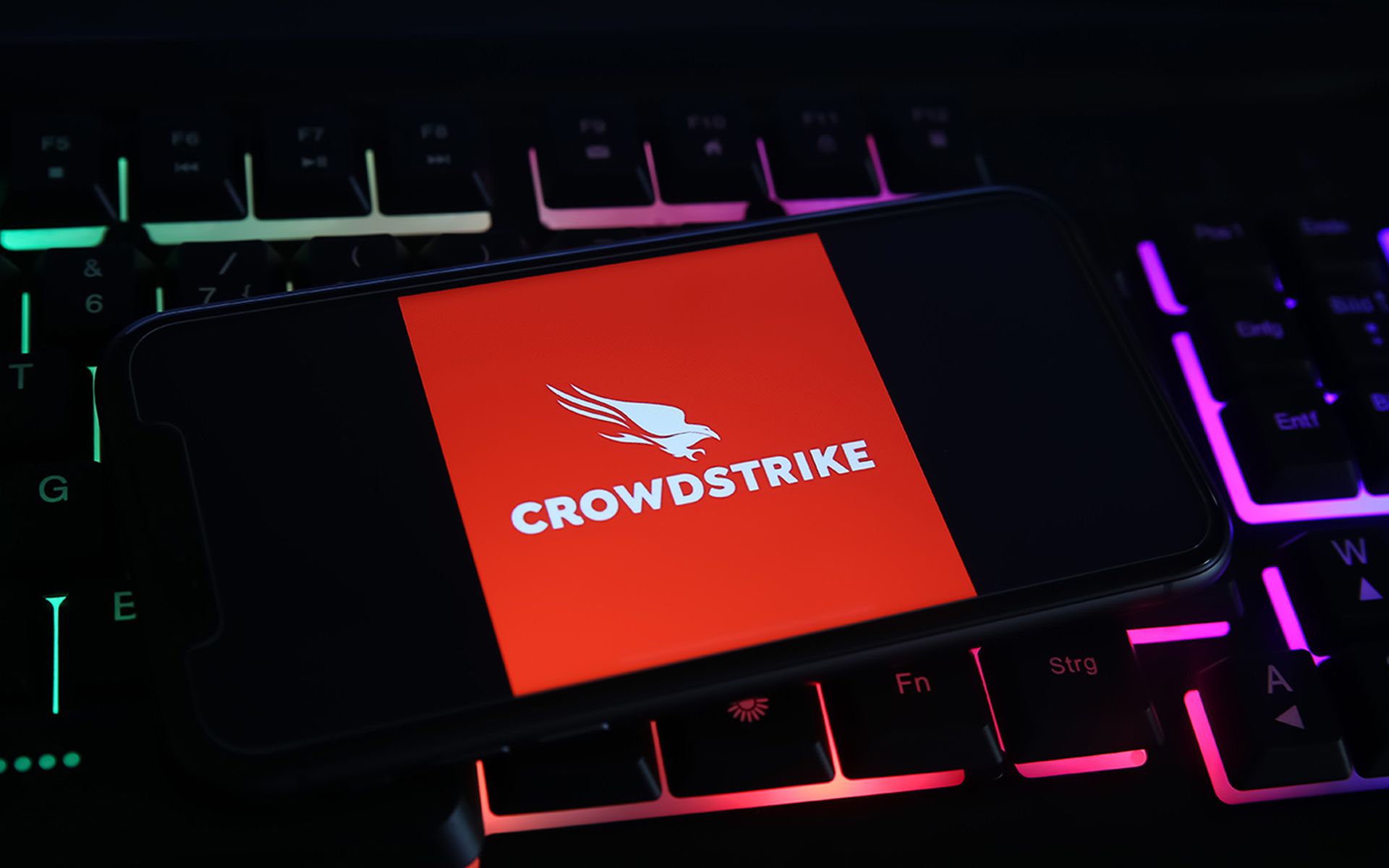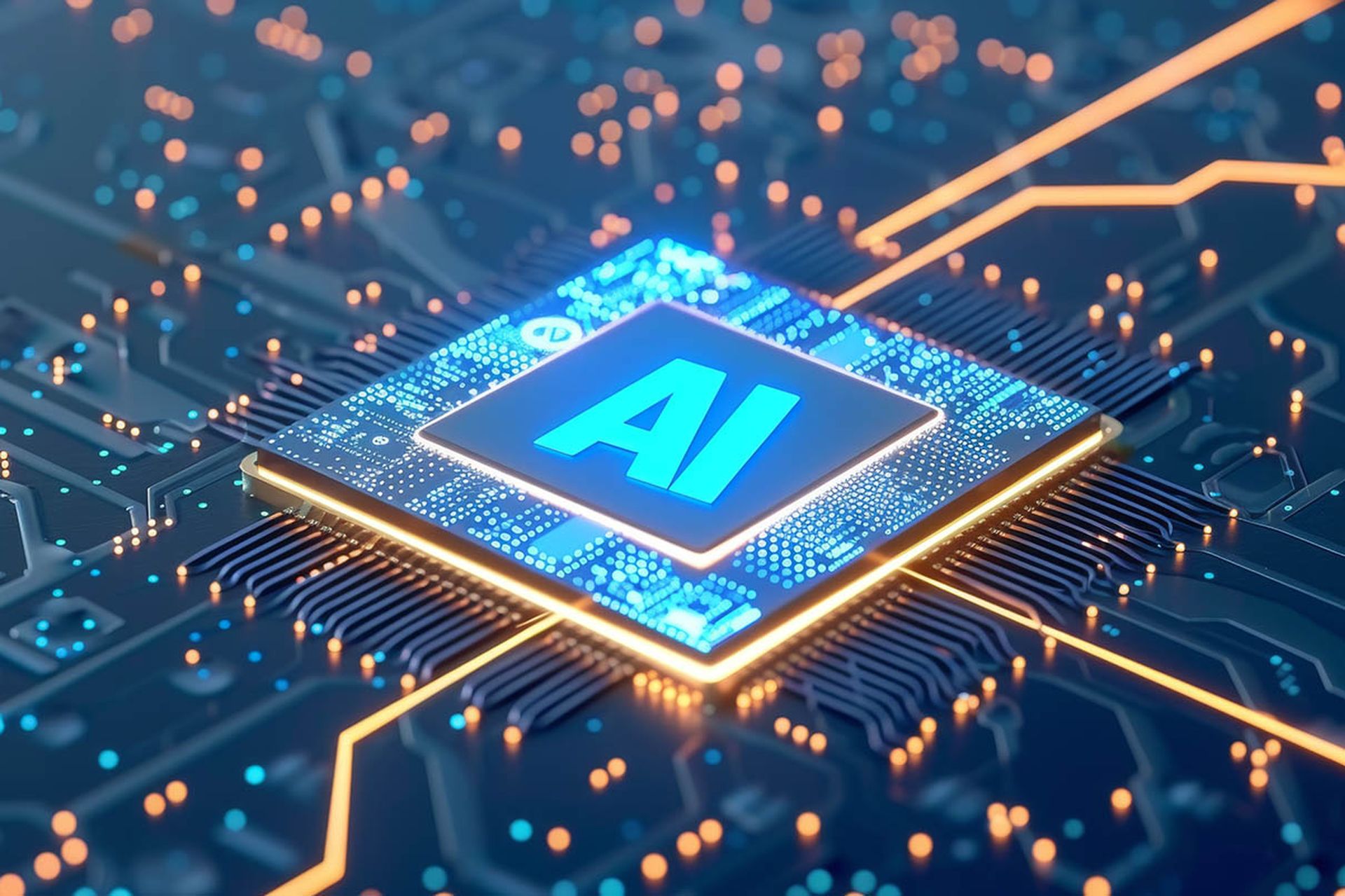AI/ML, AI benefits/risks
AI makes the dark web even darker

Today’s columnist, Emma Zaballos of CyCognito, explains why while AI makes the dark web even darker, it also gives defenders ways to fight back. (Adobe Stock)
COMMENTARY: All we hear all day everyday is the greatness of AI. We hear about its promise to revolutionize countless industries, from healthcare to education and scientific research.What we hear less: how it’s quickly becoming a powerful weapon in the arsenal of cybercriminals. Specifically, AI gets used more and more to accelerate common cybersecurity threats such as phishing and social engineering attacks.[SC Media Perspectives columns are written by a trusted community of SC Media cybersecurity subject matter experts. Read more Perspectives here.]While we always have to watch for more techniques and tools becoming available to cybercriminals, what worries me more about this phenomenon is how it’s fueling the dark web.Password protection: AI tools scan the dark web 24/7 for stolen login details. When company passwords appear for sale, security teams can change them before criminals break in. System access monitoring: Criminals often sell "keys to the kingdom" - access to company networks and systems. AI watches for these sales and lets companies lock down compromised access points immediately. Security gap detection: By finding company network information on the dark web, AI helps spot weak points in company defenses. This early warning system lets teams patch holes before attackers can use them. Learning from past attacks: AI analyzes old data breaches alongside current threats, connecting dots that humans might miss. This helps companies understand where they're most vulnerable and how to protect themselves better. Most importantly, AI works at the speed and scale needed to match today's threats. When criminals use AI to accelerate their attacks, defenders can use AI to accelerate their protection.This technology race between attackers and defenders isn't slowing down. Each advance in AI creates new opportunities for both protection and exploitation. We need coordinated action from tech companies, law enforcement, and government agencies to ensure AI remains a force for good rather than a criminal tool.The recent breaches at major companies — remember TicketMaster, LinkedIn and AT&T — show what's at stake. If we don't act now to control how AI gets used in cybercrime, the problem will only get worse. We have the technology to fight back — we just need to use it more effectively.Emma Zaballos, senior researcher, CyCognitoSC Media Perspectives columns are written by a trusted community of SC Media cybersecurity subject matter experts. Each contribution has a goal of bringing a unique voice to important cybersecurity topics. Content strives to be of the highest quality, objective and non-commercial.
An In-Depth Guide to AI
Get essential knowledge and practical strategies to use AI to better your security program.
Get daily email updates
SC Media's daily must-read of the most current and pressing daily news
You can skip this ad in 5 seconds



